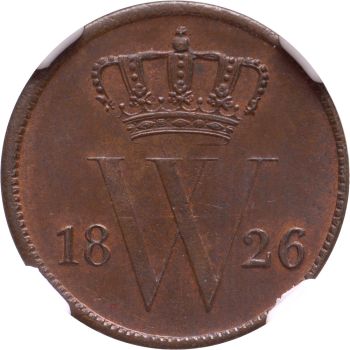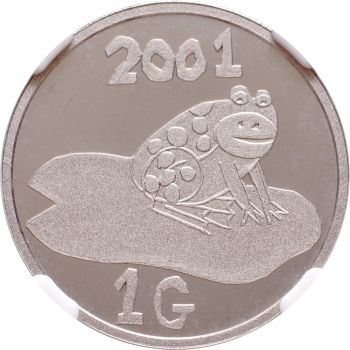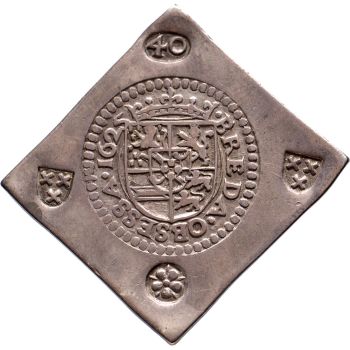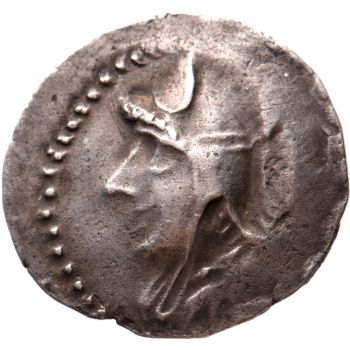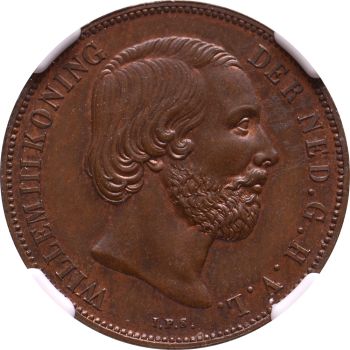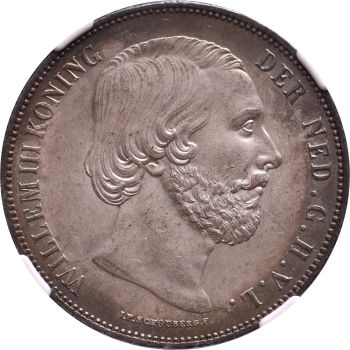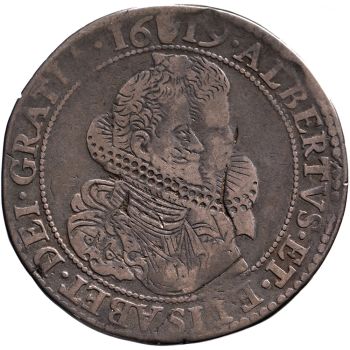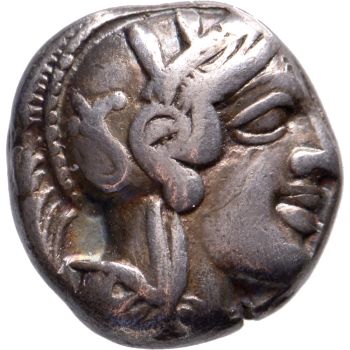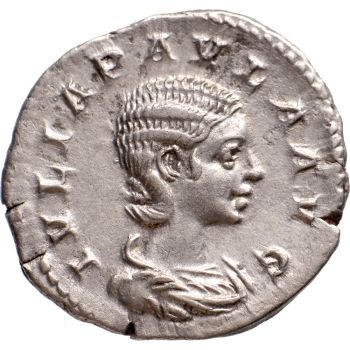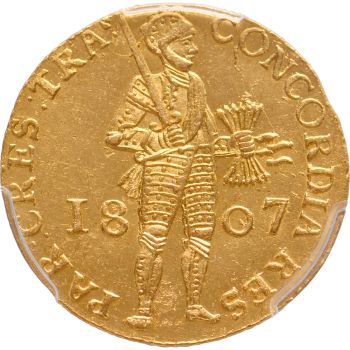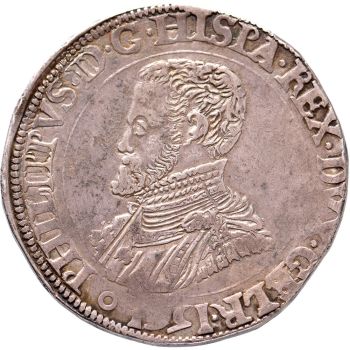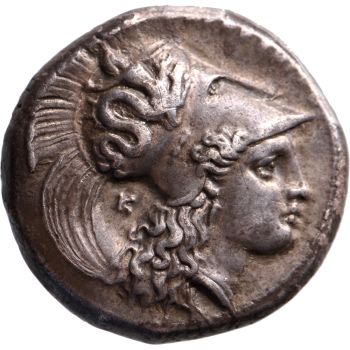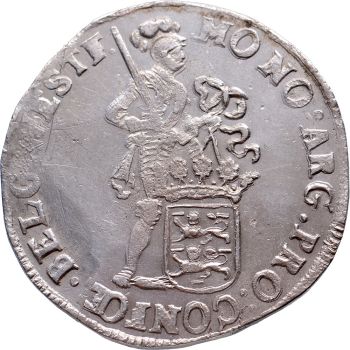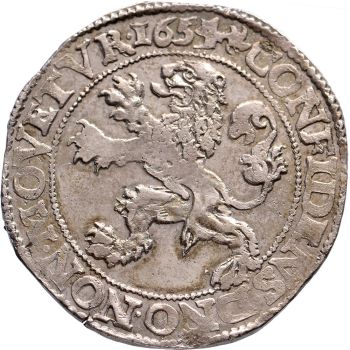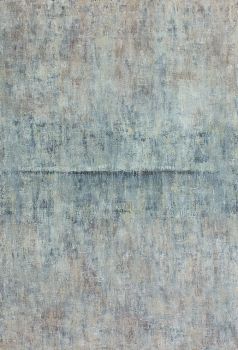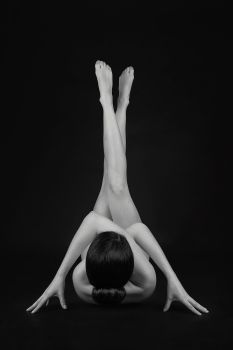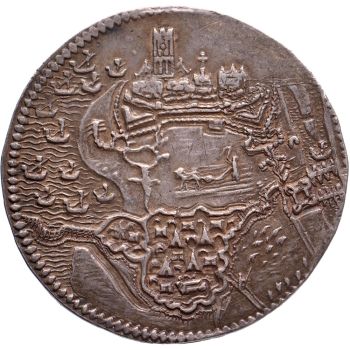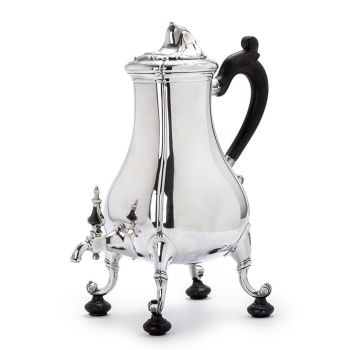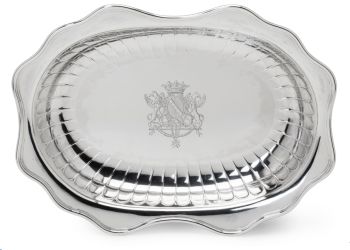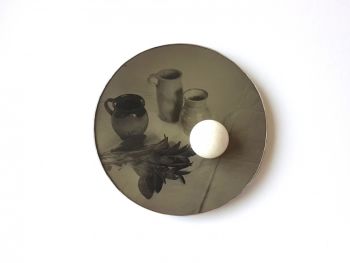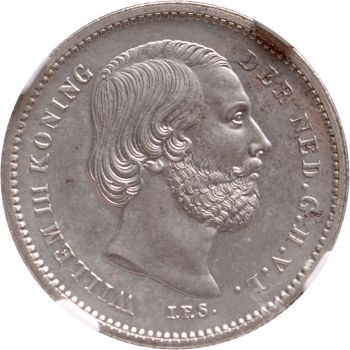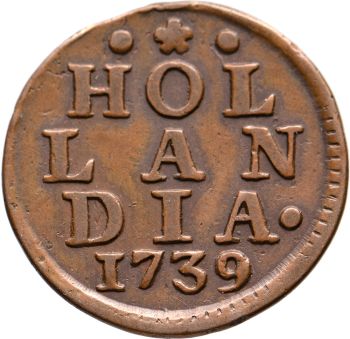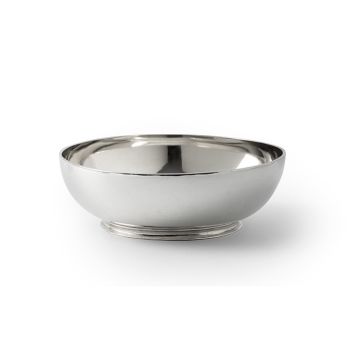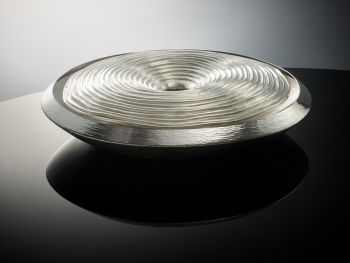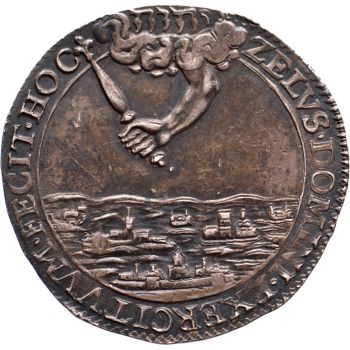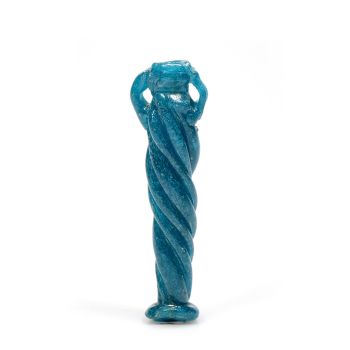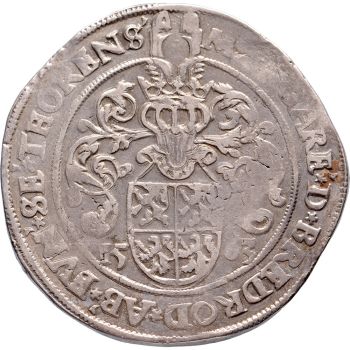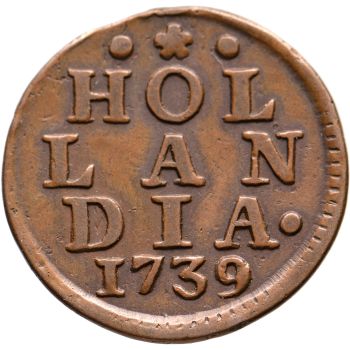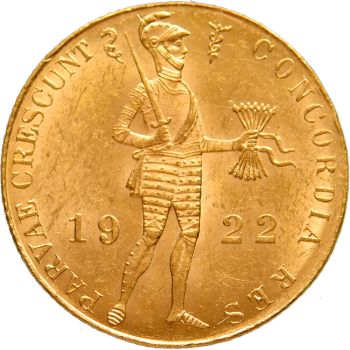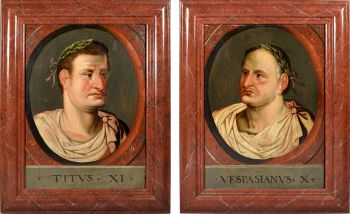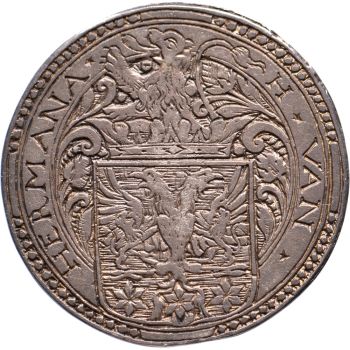25 years Peace of Utrecht 1738
Martinus Holtzhey
Plata
€ 1.600
Jongeling Numismatics & Ancient Art
- Sobre la obra de arteObverse: FACDEVS ATER – NAM PACEM / MDCCXXXVIII, Dutch maiden seated between Pax and Libertas within Dutch garden
Reverse: LIBERTATE / TAM IN REBVS SACRIS QVAM CIVILIBVS / MAIORA VIRTVTE ADSERTA / FINIBVS FIRMATIS ET QVIETE PVBLICA STABILITA / SIBI ET SVIS / FOEDERATORVM RES PVBLICA / SVMMO DEI MVNERE / VACATIONEM A BELLO / PER ANNOS. XXV. / LAETA GRATVLATVR.
By M. Holtzhey
The Peace of Utrecht is the collective name for a long series of international diplomatic meetings and negotiations between the Kingdoms of France and Spain on the one hand and the Kingdoms of Great Britain and Portugal, the Republic of the Seven United Netherlands and the Duchy of Savoy on the other, which culminated in a number of agreements, the first of which was signed in Utrecht on April 11, 1713. With this, the parties involved agreed on the conditions for ending the War of the Spanish Succession in Europe and Queen Anne's War in North America.
Weight: 76.99 g
Diameter: AR 61.0 mm
Grade: Extremely Fine
Reference: VvL. 126; KPK 2573; Pax 515 - Sobre el artistaMartin Holtzhey nació en Ulm, Alemania en 1697 y murió en Middelburg, Países Bajos en 1764. Fue medallista y maestro de ceca, activo en los Países Bajos ... fue el padre del medallista Joann Georg Holtzhey. Martin o Martinus trabajaron en Amsterdam, La Haya, Middelburg y Hardewijk. En 1725 ingresó en el gremio de plateros de Amsterdam. Comenzó a ganar medallas para ocasiones especiales y se hizo un nombre entre los coleccionistas de esta manera, haciendo medallas para eventos importantes, para conmemorar un aniversario o simplemente para anunciar un nuevo año. en 1749 entregó su taller en Amsterdam a su hijo Johann Georg y se trasladó a Hardewijk para convertirse en maestro de la menta de Gelderland. Lo conmemoró con una medalla en su propio honor. En 1754, la Casa de la Moneda se convirtió en la dueña de Zelanda en Middelburg. Este es el mismo año en que se acuñó una extraña moneda de un centavo en Middelburg y se denominó 'Zeeuwse Duit' o Ementor duit. En esta moneda debe mencionarse 'Luctor et Emergo' (lucho y emerjo) pero se acuñó 'Luctor et Ementor' (lucho y me hundí). Probablemente fue una broma interpretada por su hijo Martin Jr., quien ayudó a su padre hasta que asumió su cargo de maestro de la menta.
¿Está interesado en comprar esta obra de arte?
Artwork details
Related artworks
- 1 - 4 / 24
- 1 - 2 / 2
Alger Mensma
Urna de café de plata holandesa (jarra de grifo)1752
Precio a consultarJacob J. Roosjen SRI
1 - 4 / 24- 1 - 4 / 12





